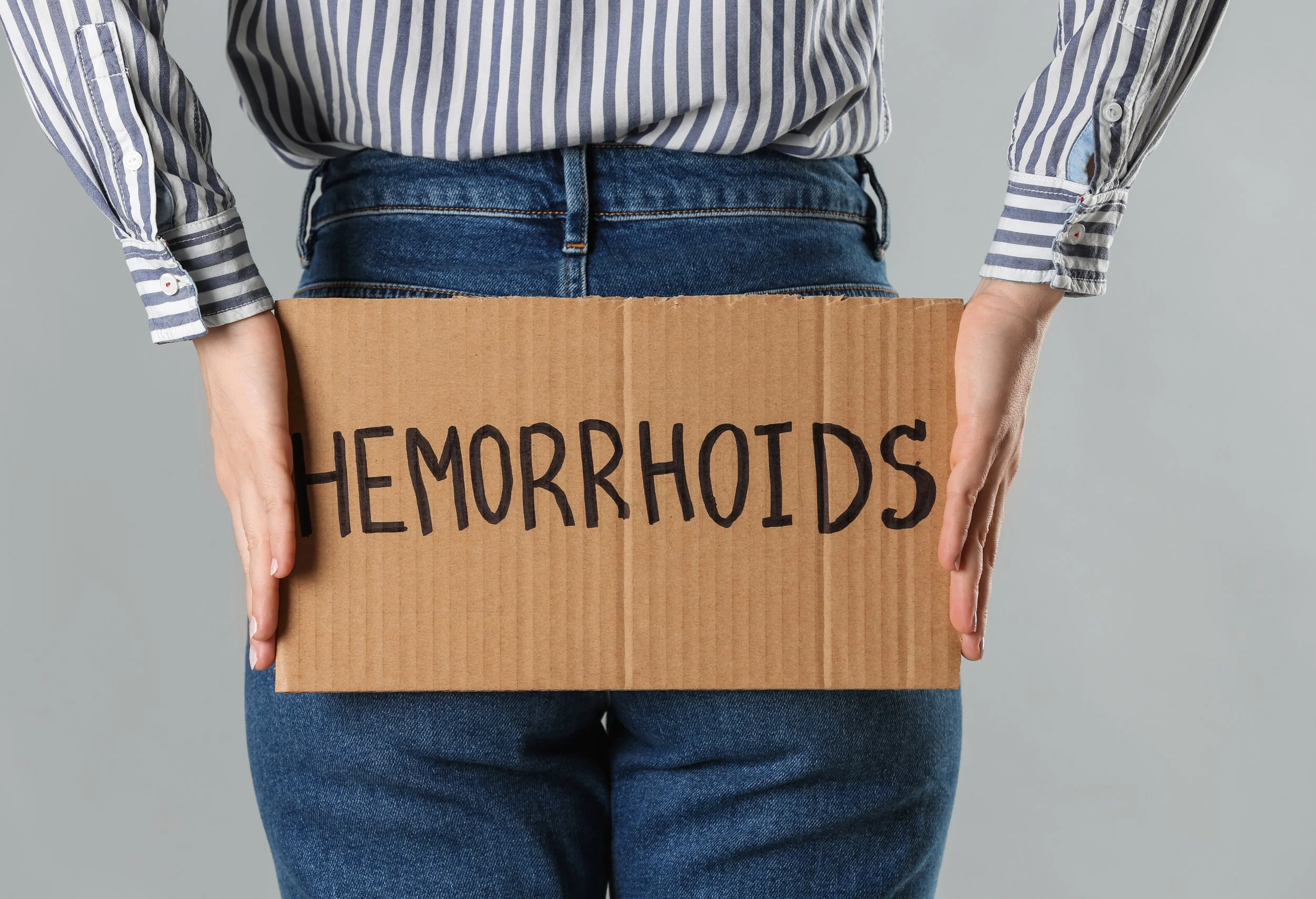Understanding Hemorrhoids
Causes, Symptoms, and Prevalence
Introduction
Hemorrhoids, a common medical condition, are often associated with discomfort and embarrassment, yet they are a natural part of the human anatomy. While they can be a source of distress, understanding what hemorrhoids are and their prevalence can help individuals manage the condition more effectively and seek appropriate medical guidance. This article explores the basics of hemorrhoids, their causes, symptoms, and how common they are among the population.
What Are Hemorrhoids?
Hemorrhoids, also known as piles, are swollen and inflamed blood vessels in the anal and rectal area. These blood vessels play a crucial role in controlling bowel movements by aiding in the passage of stool. However, when subjected to excessive pressure or strain, these vessels can become swollen and painful, leading to the development of hemorrhoids.
There are two types of hemorrhoids based on their location:
Internal Hemorrhoids: These develop inside the rectum and are usually painless. They may cause bleeding during bowel movements, and if they protrude outside the rectum, they can become painful.
External Hemorrhoids: These form beneath the skin around the anus and can be felt as lumps. They often cause pain, itching, and discomfort.
Causes of Hemorrhoids
Several factors contribute to the development of hemorrhoids:
Straining During Bowel Movements: Constipation or diarrhea can lead to excessive straining during bowel movements, putting pressure on the blood vessels in the rectal area.
Pregnancy: Increased pressure on the pelvic area during pregnancy can lead to the development of hemorrhoids.
Sedentary Lifestyle: Lack of physical activity and prolonged sitting can contribute to poor blood circulation in the pelvic region, increasing the risk of hemorrhoids.
Obesity: Excess weight can exert pressure on blood vessels in the pelvic area, causing them to swell.
Age: As people age, the tissues that support the blood vessels in the anal area may weaken, making hemorrhoids more likely.
Diet: A low-fiber diet can lead to constipation, which in turn can lead to straining during bowel movements.
Symptoms of Hemorrhoids
The symptoms of hemorrhoids can vary depending on their type and severity:
Internal Hemorrhoids:
Bleeding during bowel movements, often seen as bright red blood on toilet paper or in the toilet bowl.
Prolapse, where the hemorrhoids protrude outside the anus and need to be manually pushed back.
External Hemorrhoids:
Pain or discomfort around the anus.
Itching, swelling, or irritation.
Blood clots (thrombosis) within the hemorrhoids, causing severe pain.
Prevalence of Hemorrhoids
Hemorrhoids are a widespread condition. It is estimated that approximately 50% of adults over the age of 50 will experience hemorrhoids at some point in their lives. While they can occur at any age, the risk tends to increase with age due to the weakening of the supportive tissues in the anal area.
Final Thoughts
Hemorrhoids are a common medical condition that affects a significant portion of the population. While they can cause discomfort and inconvenience, understanding their causes, symptoms, and prevalence can empower individuals to take steps to prevent their development. Maintaining a healthy lifestyle, including a high-fiber diet, staying hydrated, and avoiding prolonged periods of sitting, can help reduce the risk of hemorrhoids. If symptoms are persistent or severe, seeking medical advice is essential for proper diagnosis and management.


